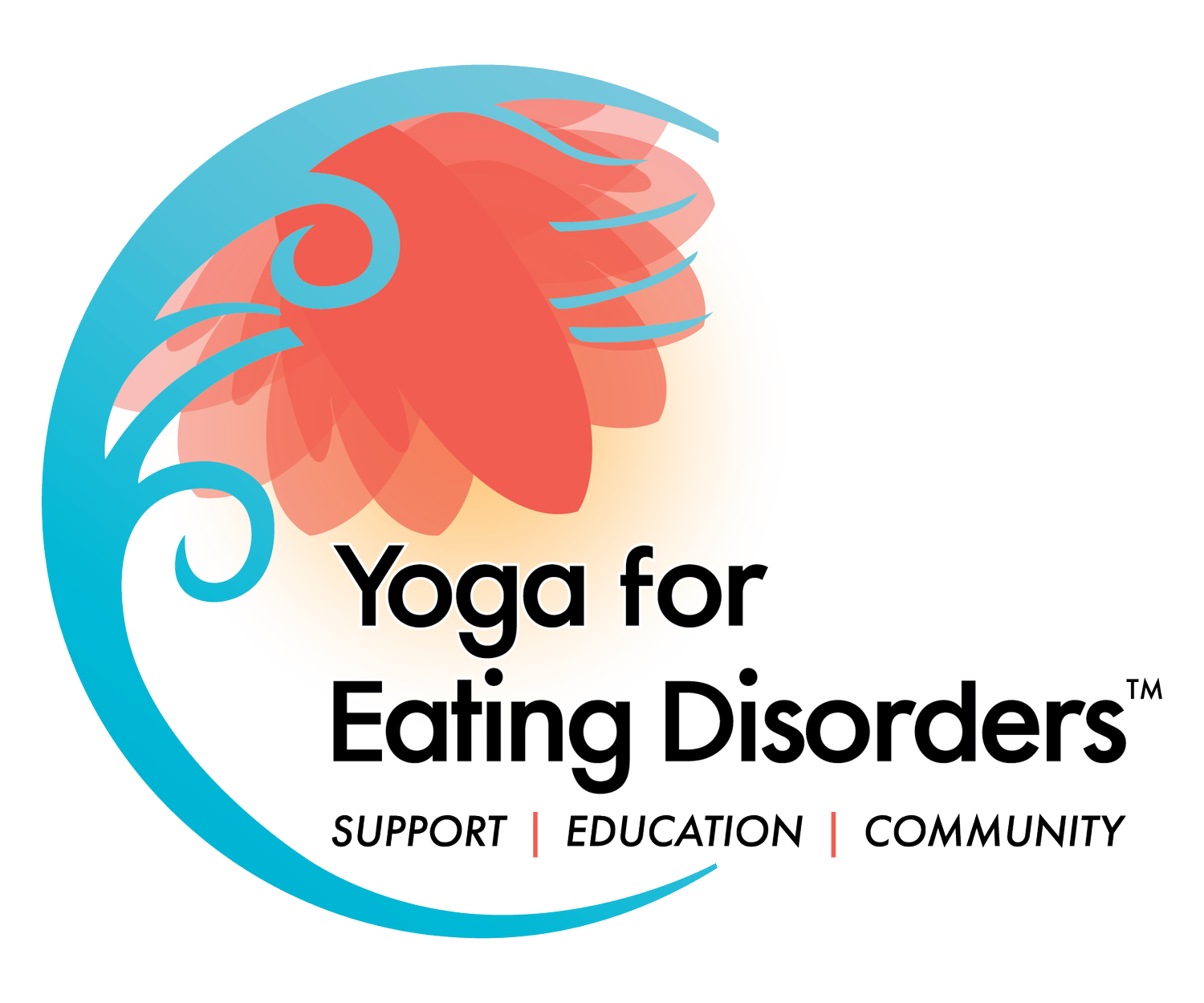Body Awareness Practices That Help Break the Cycle of Self-Criticism
We all have a critical inner voice. The one who comments on your reflection, posture, or how you eat. It sounds factual but carries judgment. And it’s not always the best thing for connection and healing. Over time, it grows louder until it feels normal. Here’s what many people miss: that same voice can soften when you start noticing your body instead of policing it. This is what body awareness practices are for. They don’t fix you. They help you listen.
How Self-Criticism Disconnects Mind from Body
Self-criticism isn’t purely mental — it resonates through your shoulders, your jaw, your breath. Muscles tighten for no reason. The body assumes it’s always being graded. When that happens long enough, stress chemicals flood the system. Cortisol levels stay high, even during rest. The body forgets how to feel safe.
Therapists who study somatic awareness say the brain responds to internal insults in the same way it responds to danger. A harsh word aimed at yourself triggers the same protective reflex. You can’t rest if you’re bracing all the time. That’s why exhaustion and detachment often go hand in hand.
Practicing Awareness Without Judgment
The most reliable body awareness practices are subtle. They rely on presence, rather than performance. You don’t need a mat, or even silence — just a moment of honesty. Start with sensory scans. Close your eyes, trace attention from scalp to toes. If a thought shows up, let it drift past. If a tight spot appears, name it. “Tension.” “Heat.” “Restlessness.” No adjectives attached.
Pause throughout the day. Before a call, after a meal. Ask what your body is doing, not what it should be doing. Maybe your jaw clenches. Maybe your shoulders rise. Loosen one thing at a time. That’s awareness in practice.
Even small gestures — like unclenching your hands while driving — show your nervous system that safety isn’t conditional.
Linking Body Awareness to Emotional Healing
Awareness work often feels emotional. Cycles of stress or self-punishment often surface as weight change, fatigue, or disordered patterns of coping. When you notice them early, you can intervene before harm deepens.
Sometimes these cycles cross into more complicated territory. Repeated stress and control can feed into deeper struggles. Understanding the overlap between emotional strain and physical response helps you stop damaging, self-critical cycles that do you no good. That same awareness connects to broader patterns such as addiction and eating disorders. It’s not about blame. It’s about seeing the full picture of how body and emotion move together.
How Yoga Strengthens Body Awareness
Yoga isn’t only movement — it’s a system for noticing your body. Studies show that slow, repetitive motion, especially when paired with deep breathing, activates regions of the brain responsible for interoception, the ability to sense internal states. That’s the same network dulled by chronic self-criticism.
Instead of pushing limits, yoga refines sensitivity. The pause between inhale and exhale becomes a lesson in restraint. Holding a simple pose reveals how quickly judgment appears and how easily it can pass. Over time, this repetition builds tolerance for imperfection and patience for change.
Practicing yoga also restores rhythm. Breath and motion begin to synchronize, replacing mental noise with a steadier tempo. This physiological alignment reduces reactivity and grounds attention in real time.
Reframing the Body as an Ally
Language matters. When you call your body stubborn, it becomes that. When you call it tired, it relaxes. Words carry weight, and the body hears every one.
Try this: replace critique with curiosity. Instead of “I’m weak,” say “I feel drained.” Instead of “I failed,” say “I reached my limit.”
Over time, these small acts of kindness help. Gratitude begins to replace control. You start noticing what works instead of what doesn’t. The way your breath steadies after a walk. The warmth in your legs after climbing stairs. These are quiet signals that healing has started.
This is what body awareness practices do best. They rebuild trust in a body that once felt like the enemy.
Practical Routines That Reinforce Connection
Before eating, take some calming breaths. Ask yourself if you’re hungry or seeking comfort. Both are valid. After stressful moments, stand up and notice your balance. Is one foot heavier? Adjust. When you feel anxious, name what’s happening inside you instead of reacting to it.
Keep a simple record at night. Jot down three sensations from the day — pleasant, neutral, or tense. Over time, you’ll see what triggers ease and what drains you. That log becomes a map of your body’s patterns.
If you already practice yoga or meditation, focus less on technique and more on texture. What does the air feel like on your skin? What is the temperature of the room. What colors do you see?
Everyday repetition brings safety. You start catching self-judgment before it lands. These consistent body awareness practices become scaffolding for self-respect.
Learning to Listen, Not Correct
In the end, the hardest part of anything worthwhile is patience. You can’t suddenly force your body into awareness. It takes some time to implement body awareness practices internally.
The good news — your body will respond after a while. It will tell you when to rest, when to move, and when to breathe deeper. That dialogue replaces command with cooperation.
Eventually, you notice something new. The inner critic still appears but speaks with less authority. You meet it with curiosity, maybe even humor. You start sensing hunger before snapping, fatigue before collapse, calm before chaos. Each recognition through body awareness practices is a small act of repair.

